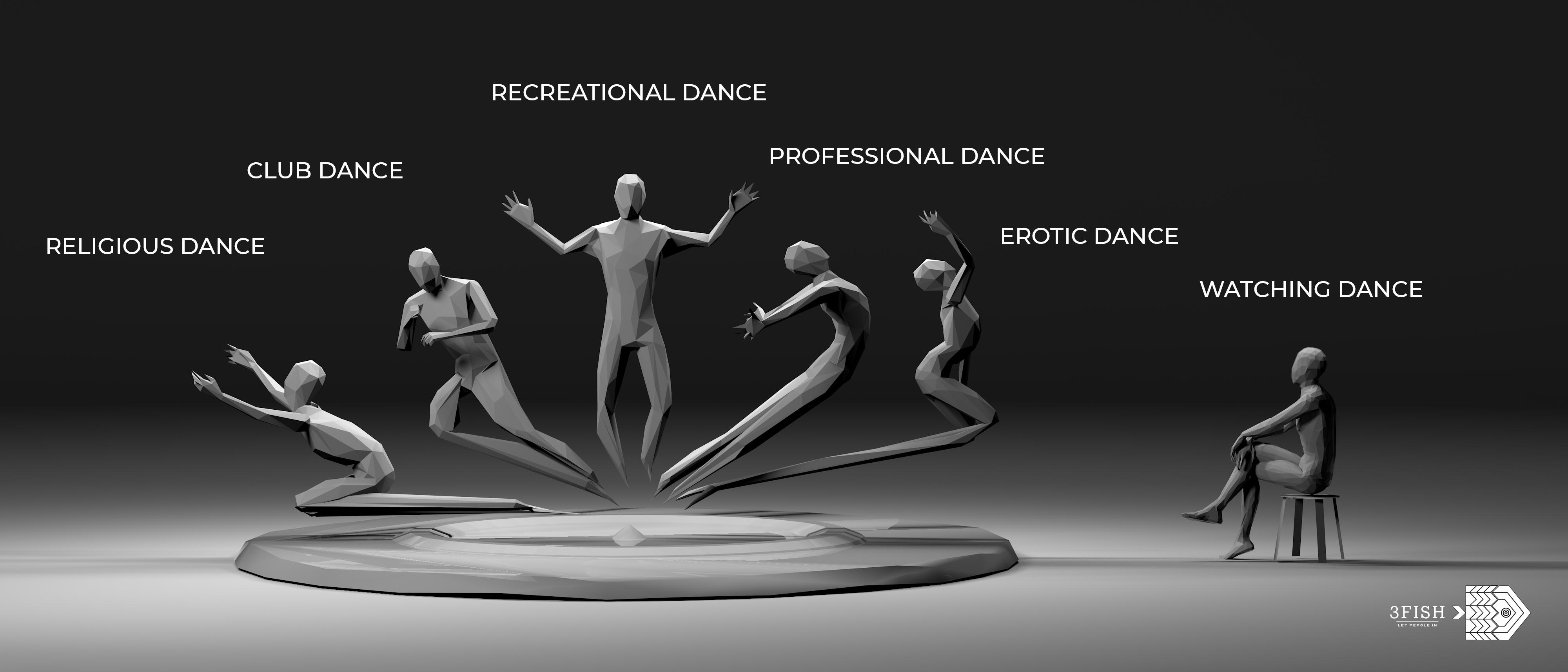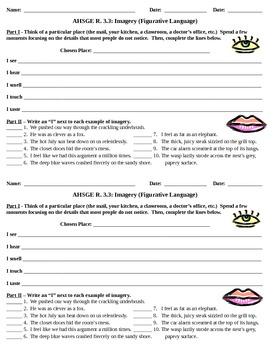

Kinesthetic: appeals to a reader’s sense of motion or movement through describing the sensations of moving or the movements of an object.Olfactory: appeals to sense of smell by describing something’s fragrance or odor.

Tactile: appeals to sense of touch by describing how something physically feels, such as its temperature, texture, or other sensation.Gustatory: appeals to sense of taste through describing whether something is sweet, salty, savory, spicy, or sour.Auditory: appeals to sense of hearing or sound by including melodic sounds, silence, harsh noises, and even onomatopoeia.Visual: appeals to sense of sight through description of color, light, size, pattern, etc.Here are the main types of poetic imagery:

This appeals to a reader’s imagination and emotions as well as their senses. Overall, poetic imagery provides sensory details to create clear and vibrant descriptions. These types of imagery often feature figures of speech such as similes and metaphors to make comparisons. For poetic imagery, there are seven primary types.


 0 kommentar(er)
0 kommentar(er)
